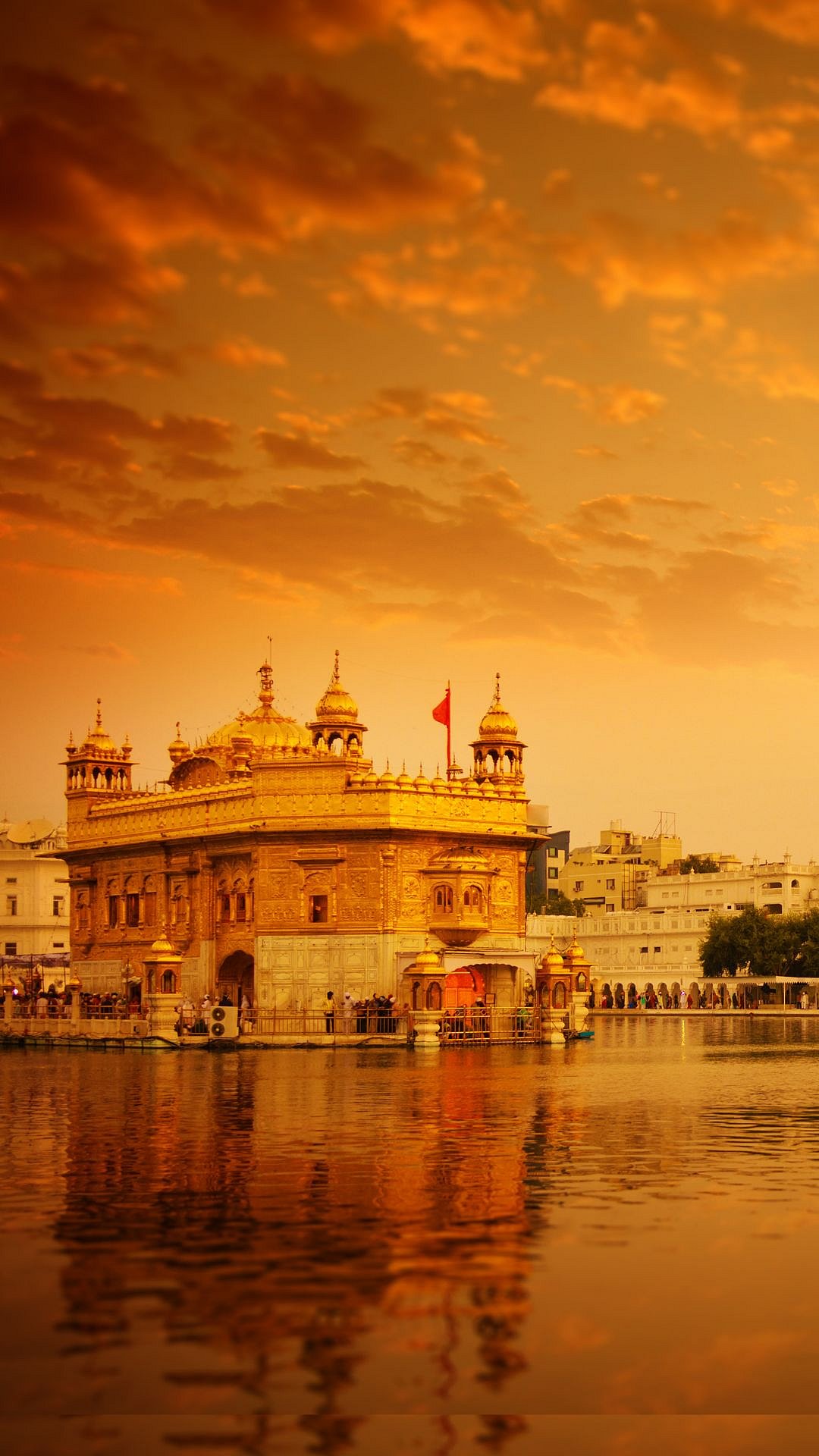Costume designing for dancers has never been perceived as an art. “That’s the irony,” says Sandhya Raman, who has been designing costumes for dancers and dance troupes for last three decades.
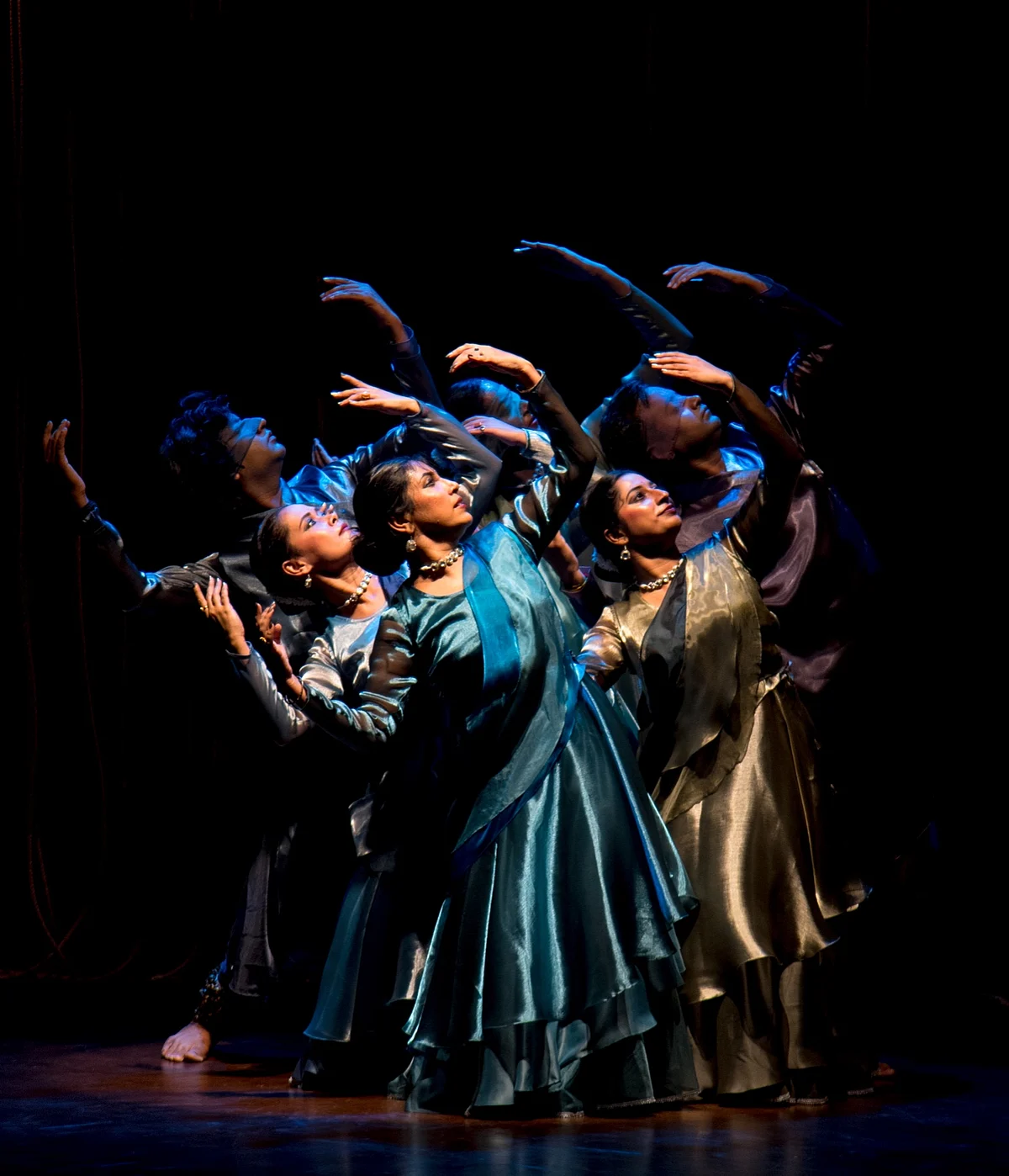
After her graduation from NID, Ahmedabad, Sandhya’s progression to being costume designer was organic. Her graduation presentation was choreographed by Mallika Sarabhai and Jonathan Hollander. It was a dance sequence that won her the accolades for her designs. “I didn’t want a typical fashion show to show off my collection as it was restricted to a perfect figure. I wanted my collection to be showed in an elegant way and yet appreciate every body shape. Jonathan and Mallika choreographed that show for me,” Sandhya shares. “That opened the doors for me. I designed for a production called Moon Beam for Mallika. Jonathan connected again after going back to New York and asked me to design for his company — Battery Dance Company.”
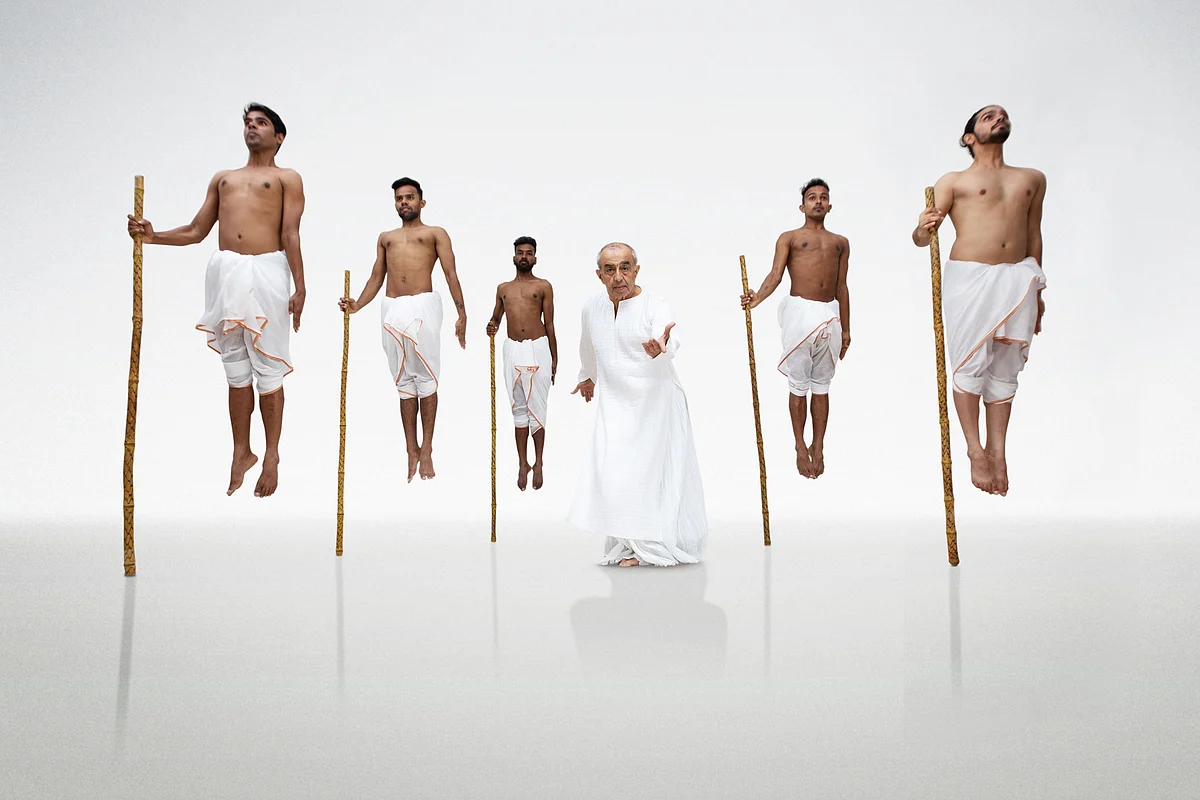
Sandhya studied apparels. “Apparels is a huge umbrella under which several wings come — costume design, uniform design, pret, couture… I chose to design for dance because it was my calling. I was always inclined towards dance and since I couldn’t take that up as a profession, this was the closest.”
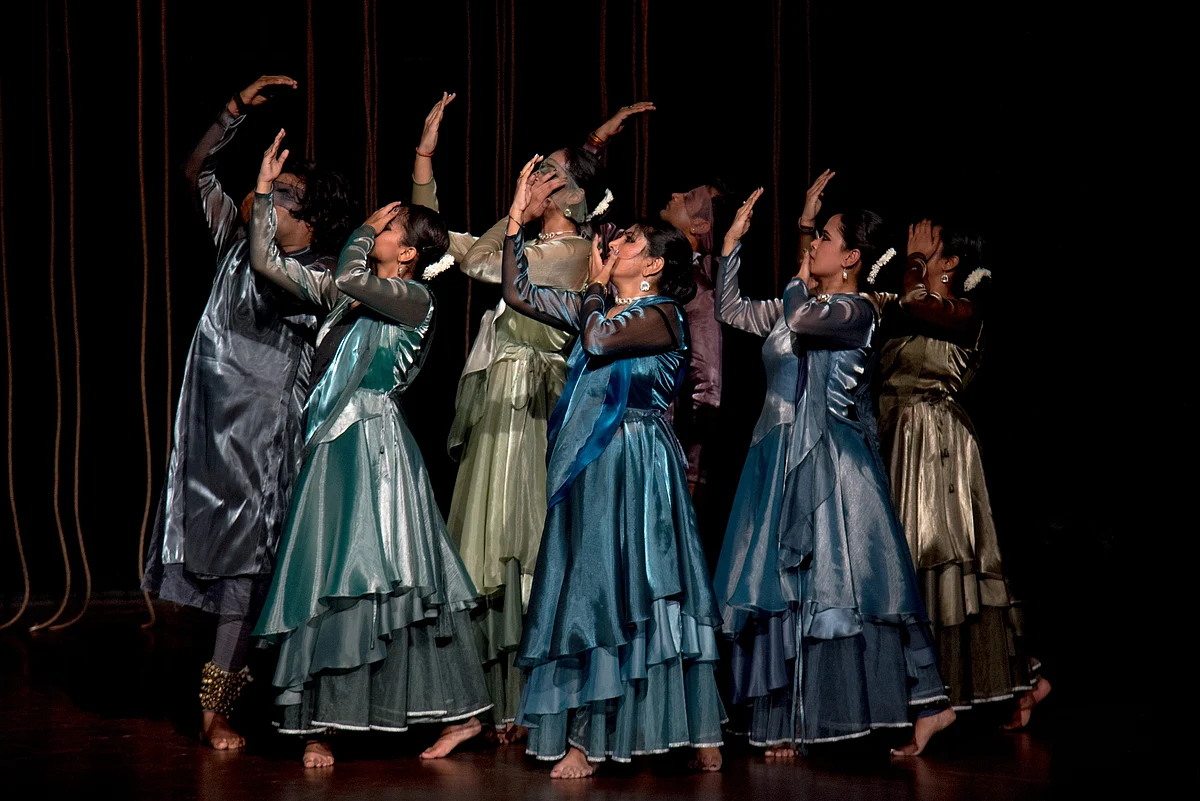
Sandhya has choreographed for all dance forms. “Each form has a unique character. I try to stay true to it and enhance the essence when I design the costumes. For example, in kathak there are chakkars, but bharatnatyam is more geometrical. So, the costume is according to the format,” says Sandhya. “If it is a pure classical performance, then my designs are traditional. But if it is more contemporary, then my designs change according to the parameters and the lines that the choreography follows.”
While most prefer using north Indian fabrics for dances that have north Indian origin and south Indian fabrics for dances that have south Indian origin, Sandhya loves to experiment and merge the borders. “For Arangetram or Manch Pravesh, I use authentic fabrics — like Kanjeevaram for a bharatnatyam, Banarasi for kathak, Orissa fabrics for an odisi. But if it is a contemporary version then I play with fabrics while sticking to natural fabrics and handloom. Everything depends on the theme,” she tells. “For example, Astaad Deboo. I did few of his last shows — Unbroken, Unbound. The movements were completely immersive, and the theme base was Gandhi. Therefore, it was essential to bring out the simplicity. I chose khadi for that show. No fuss costumes,” Sandhya explains.
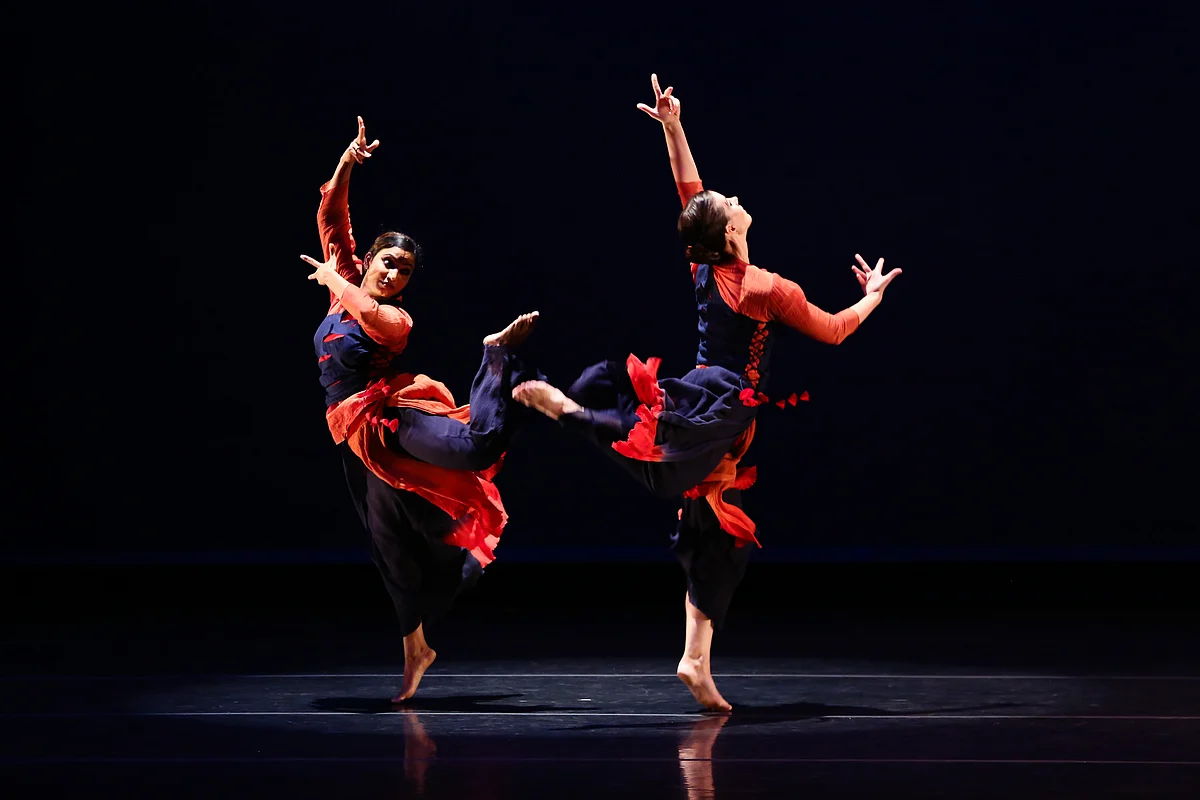
Sandhya’s love for Indian handlooms is obvious from her choice of fabrics even for a contemporary dance show. “I had done costumes for Pralay, a show by a Sampradaay. It was about the Mahabharata. They had Indian and Balinese dancers. The moves were inspired by various Indian dance forms and Balinese dances. I used cottons, silks, etc. But prominently ikats. For Indian dancers I used Indian ikats and for Balinese dancers I used Indonesian ikats.”
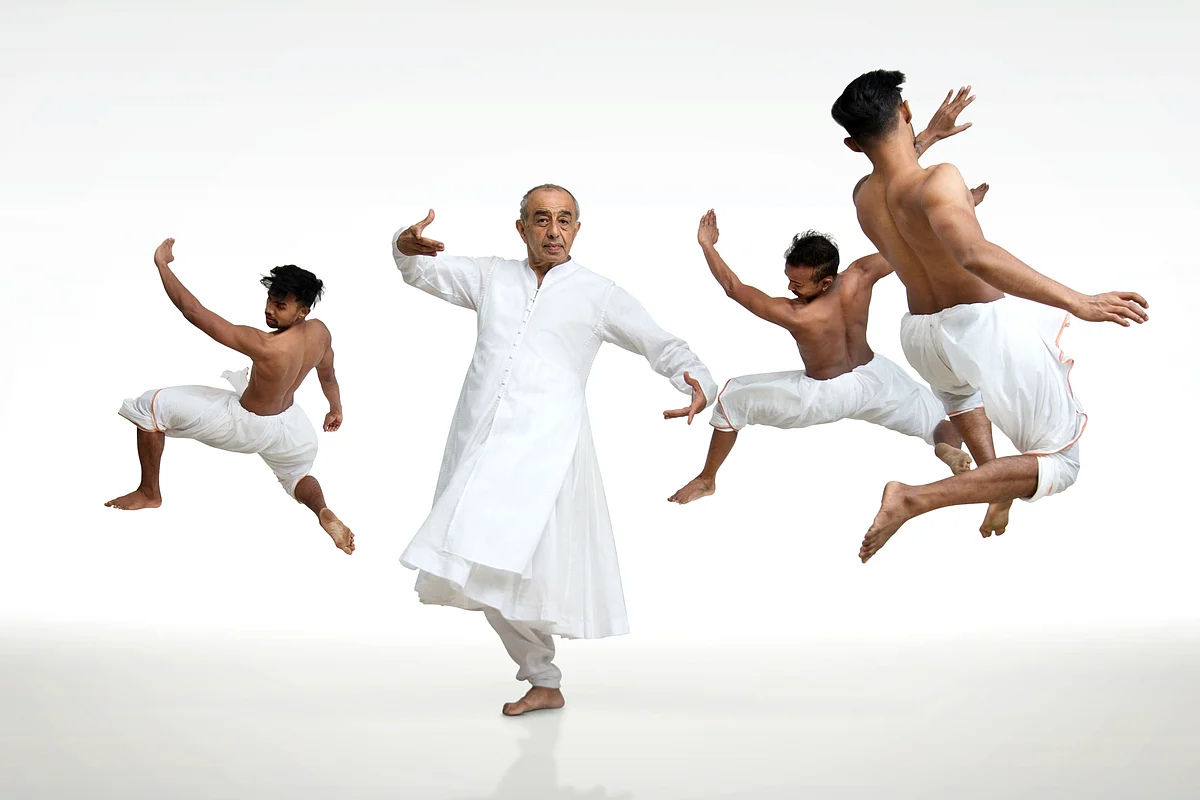
Do you use Indian handlooms for international and western productions as well? “I am a textile warrior. I use Indian fabrics everywhere. Unless the look demands something else. Like I recently did a production called Mirage. I wanted something translucent, watery, therefore, I had to go to poly-orgenza, which had shimmer and translucency,” shares Sandhya. “Also, sometimes the budgets rule. Handlooms can be costly. In these circumstances, one is forced to use other fabrics; especially internationally where dry-cleaning is difficult and expensive.”
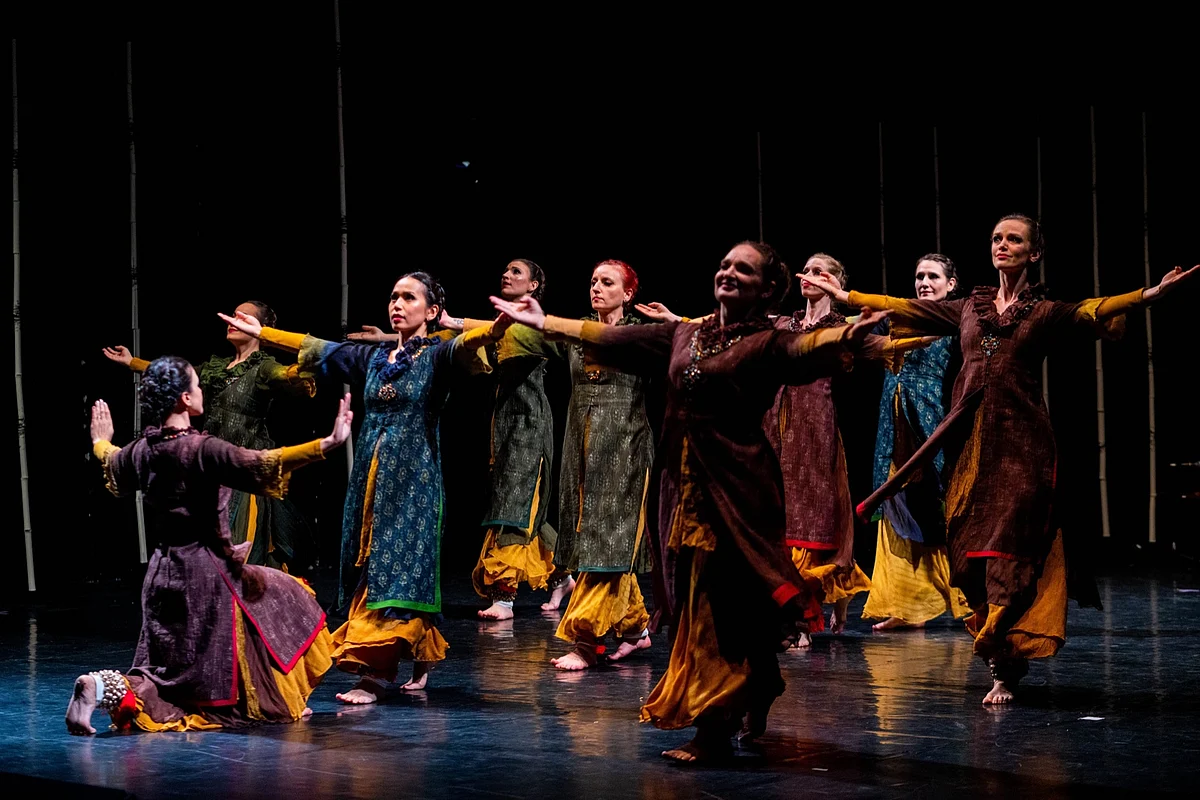
What’s the inspiration for the upcoming exhibition? “I wanted people to know what costume design is all about; especially in performing arts. Costume designing for performing arts is not such a favourite form for youngsters to join and study. And I think it is a very powerful instrument. So, that’s why I thought I should show the body of work that can be motivational, inspirational and aspirational.”

Sandhya Raman’s exhibition that showcase her body of work through the last three decades will be on display at Piramal Art Gallery, NCPA from April 25 to April 29.










